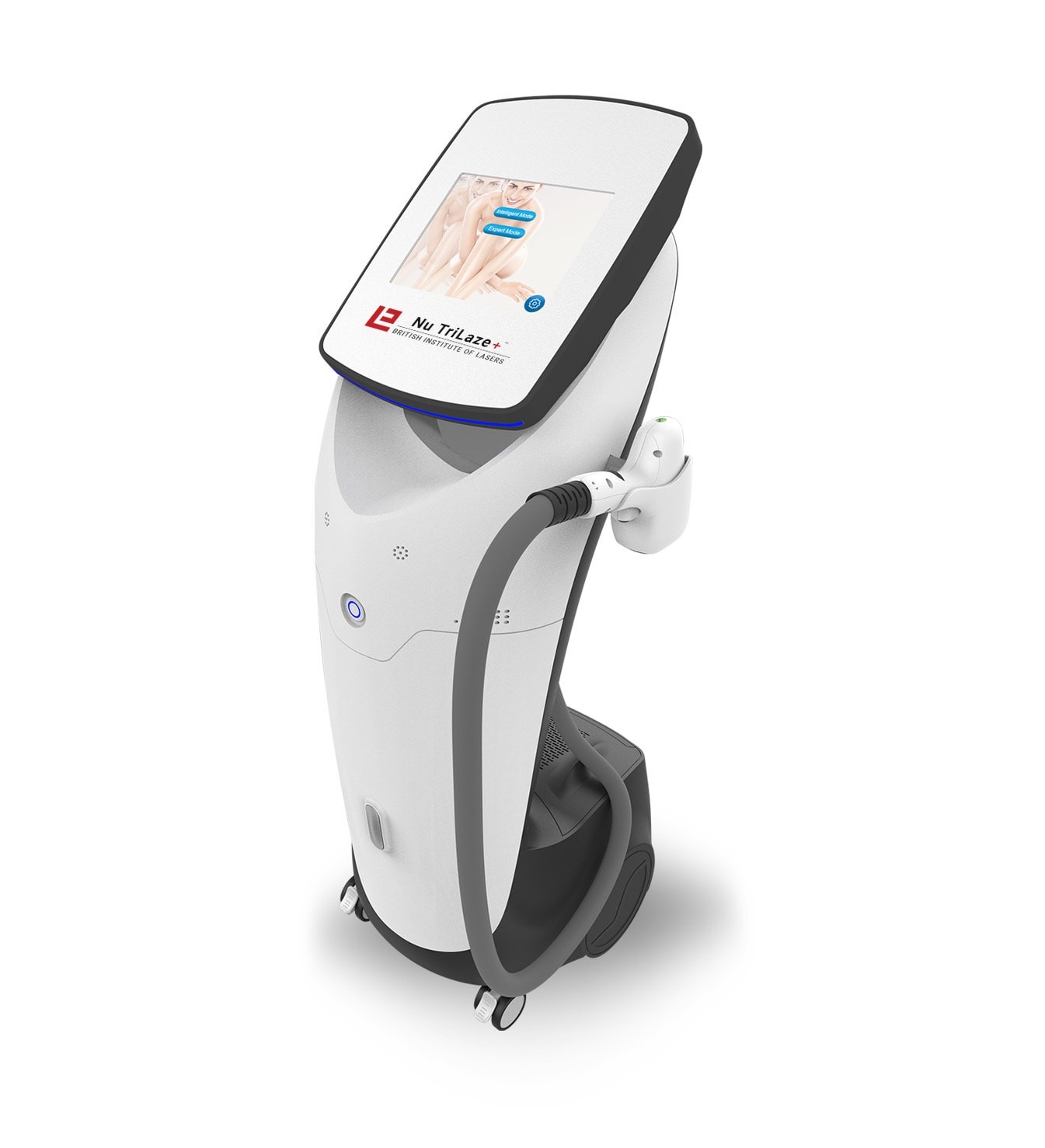When it comes to hair removal that is more permanent than the conventional methods, there are a number of options available to you. Two of the most popular methods are Intense Pulsed Light (IPL) and Laser treatments.
Table Of Content
Both methods have been available to the mass market since the 1990’s and work around the notion of light energy being absorbed by the hair and reducing growth in the process.
Which is more effective? IPL or Laser Hair Removal?
Laser hair removal is generally more effective than IPL (intense pulsed light). There are three reasons why this is predominately the case:
- Wavelength: Laser hair removal uses a specific wavelength of light that is absorbed by the pigment in the hair. This wavelength is absorbed by the hair and converted into heat, which damages the hair follicle and prevents it from growing new hair. IPL uses a broad spectrum of wavelengths, which are not as focused and may not be as effective at damaging the hair follicle.
- Depth of penetration: Laser light is able to penetrate deeper into the skin than IPL, which allows it to reach the hair follicle more effectively. This makes it more effective at damaging the hair follicle and preventing new hair growth.
- Targeting: Laser hair removal is able to target specific hairs more accurately than IPL, which can make it more effective at removing hair in certain areas.
How does IPL Hair Removal work?
IPL hair removal works by producing a range of wavelengths that are dispersed separately, compared to a single laser beam. The best IPL machine will emit wavelengths that are focused on the hairs but at varying depths and filters are used to ensure that the correct amount of energy is concentrated in the right areas.
The IPL process is relatively quick, and results can be achieved in under an hour. While not as powerful as the laser process, the intense pulses of light in this process are very effective over a sustained period of time and a number of treatments.
As the cheaper option, IPL hair removal remains very popular among many women looking for a more permanent solution to their unwanted hair. IPL is the preferred method for those who have skin conditions. At British Institute of Lasers, we feature our Nu eLite machine which is the perfect option for clinics offering IPL hair removal for their clients.
We have a dedicated article explaining in detail (including the technical stuff) about how IPL hair removals work, as well as another page explaining how effective IPL hair removal is.
How do Laser Hair Removal work?
Laser hair removal machines are very precise due to the nature of one focused laser beam being used. Selective targeting ensures that only the highlighted area of hair is removed. It is a very powerful method of hair removal and is very effective, with almost 90% of patients having permanent results after a few sessions.
There are multiple laser pulses every second and treat several hairs at once, covering larger areas of the body. Lasers are able to produce more intense heat which, when directed at the hair follicle, is a very effective method of hair removal.
Laser treatments are more expensive than IPL treatments, and still require a number of sessions to achieve results but they can be much more prominent.
Whether you decide in an IPL or laser hair removal machine (or both), ensure that it is the right one for you and that you are willing to commit to a number of sessions before seeing tangible results. Permanent hair removal takes longer but is much less time-consuming in the long run.
At British Institute of Lasers, we stock the Nu eRays Plus. It’s our latest laser hair removal machine utilising our patent protected Supercool™ technology which combines three types of lasers (Alexandrite, Diode and Nd:YAG). Apart from hair removal, treatments with this laser also provide skin rejuvenation effects.
For further information about these processes, please browse the rest of the British Institute of Lasers blog and continue reading for more resources and advice.




